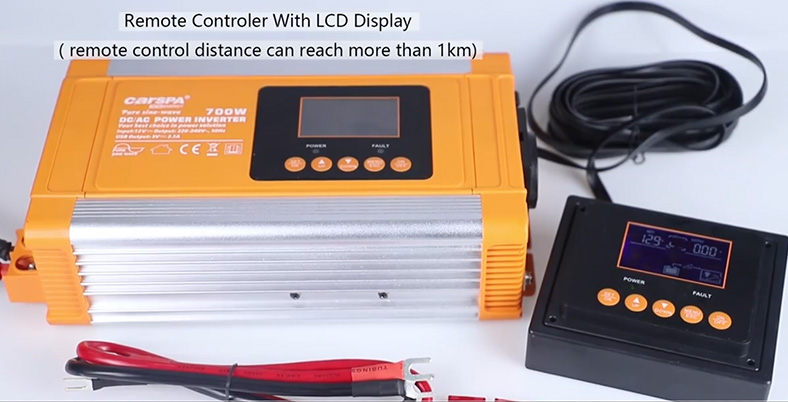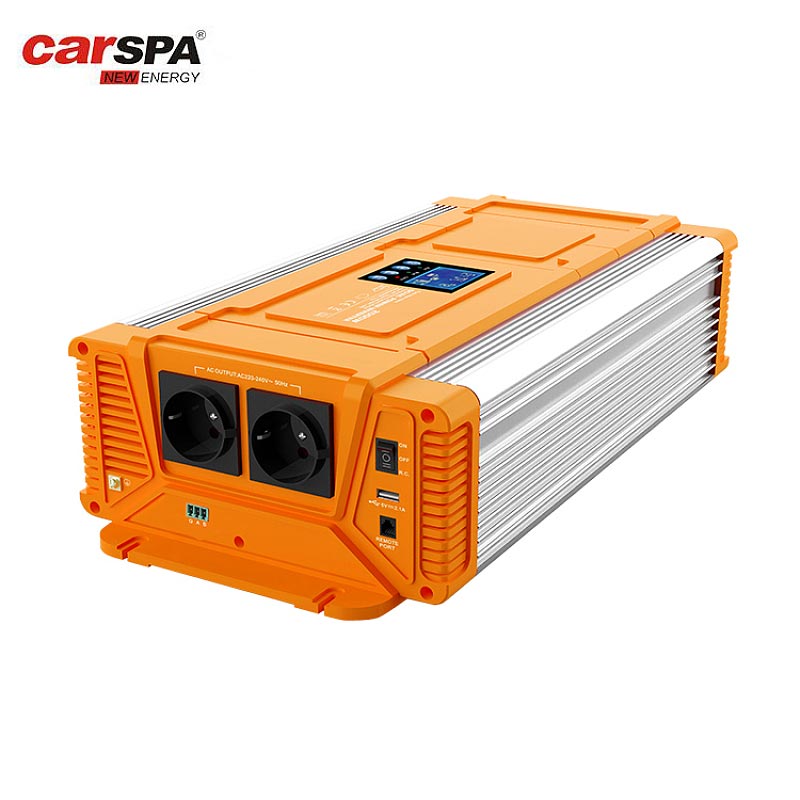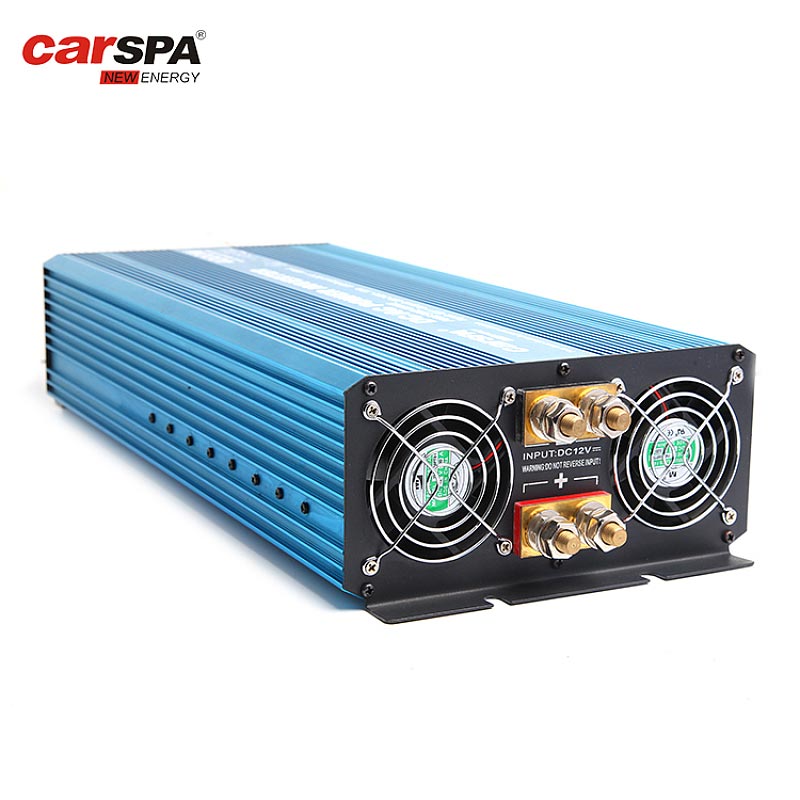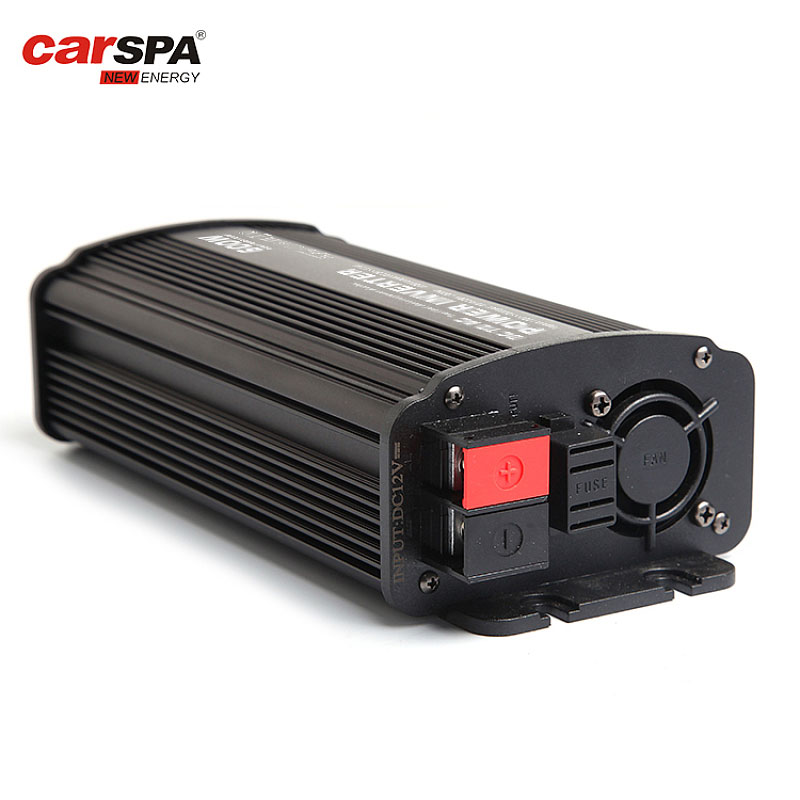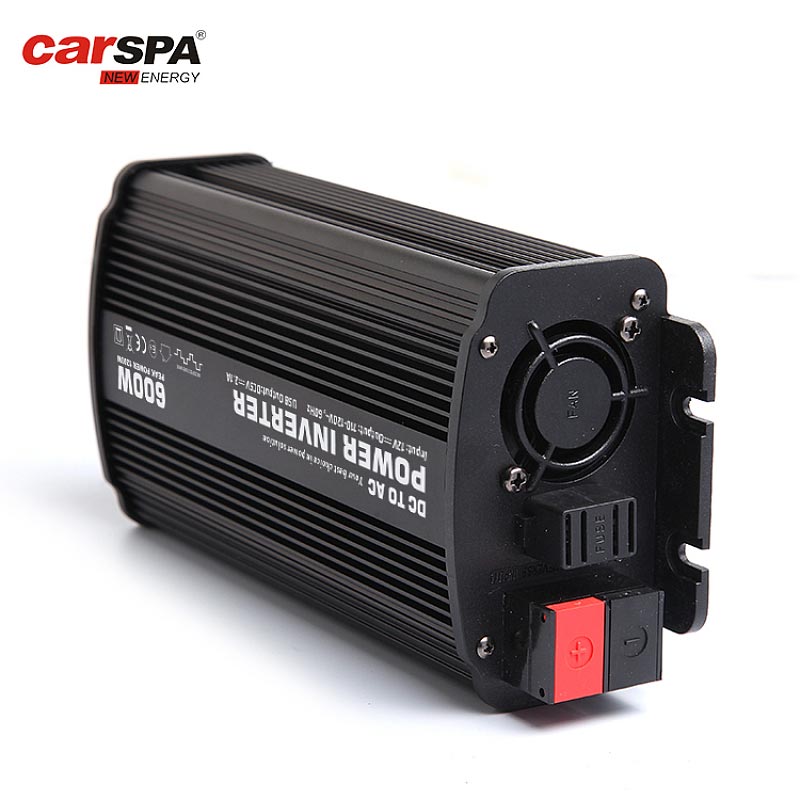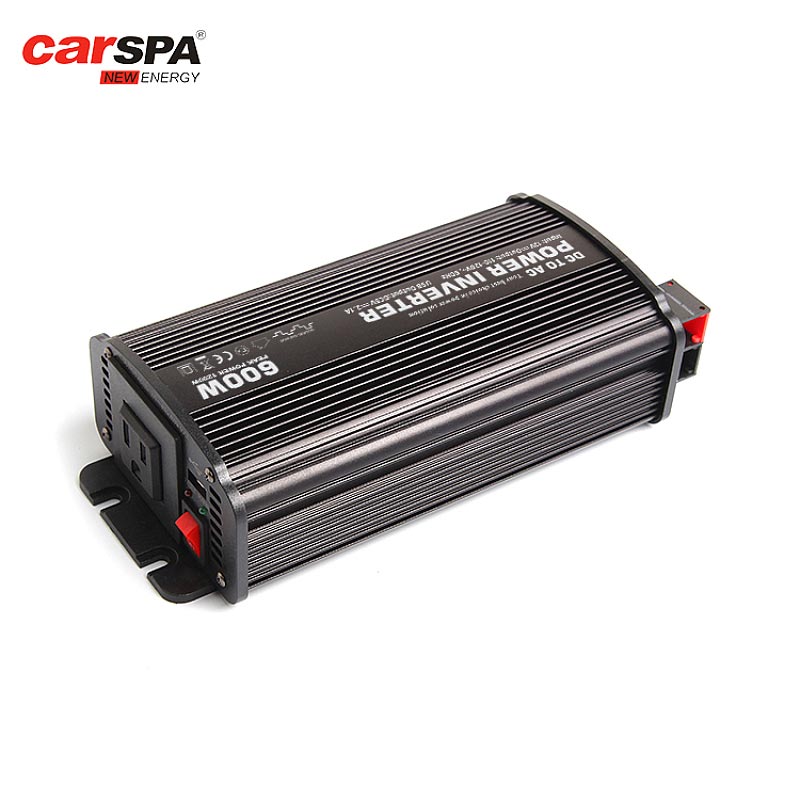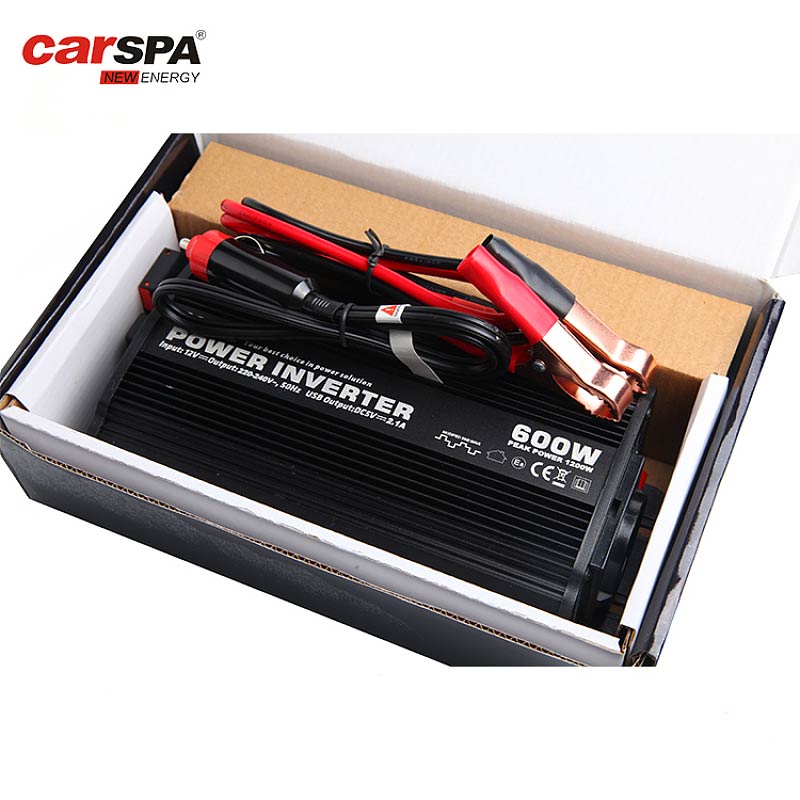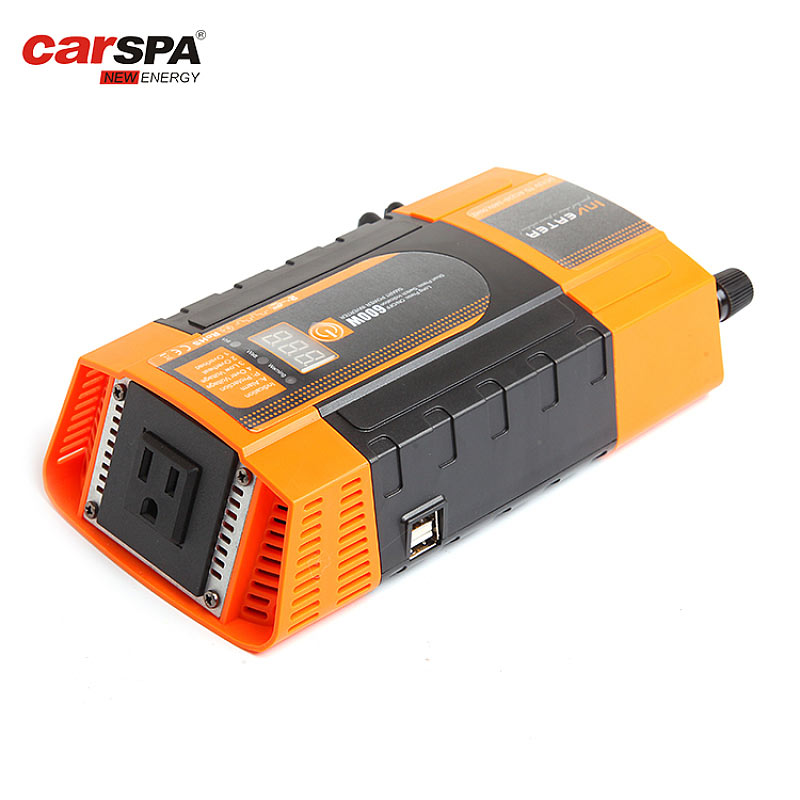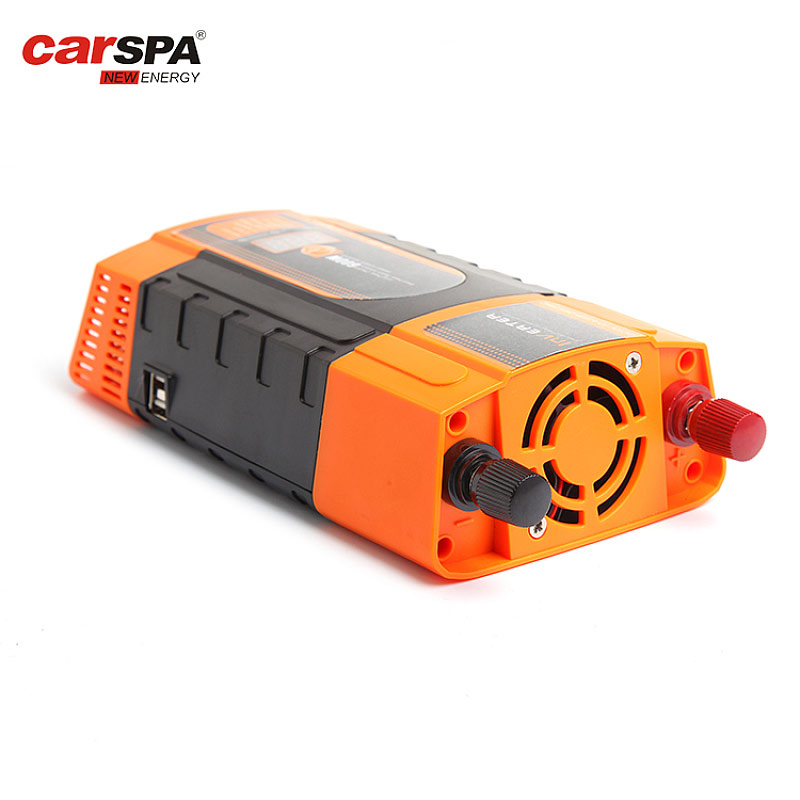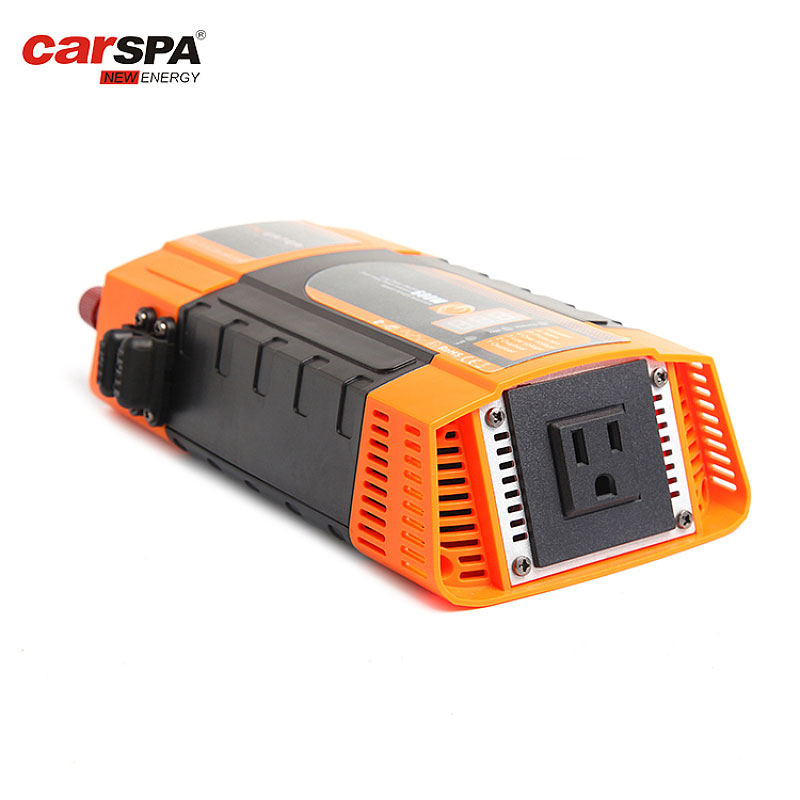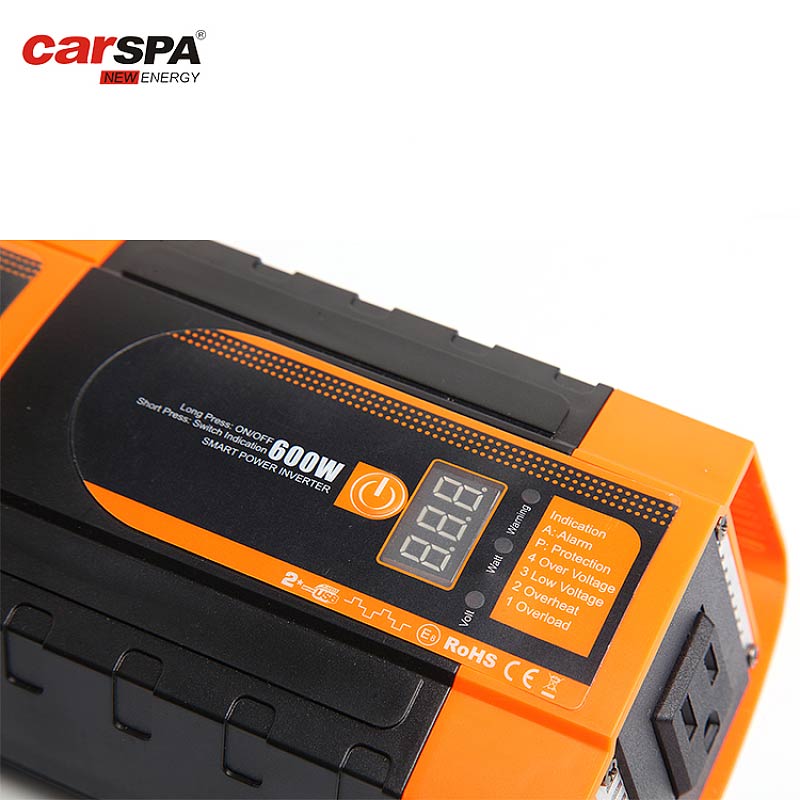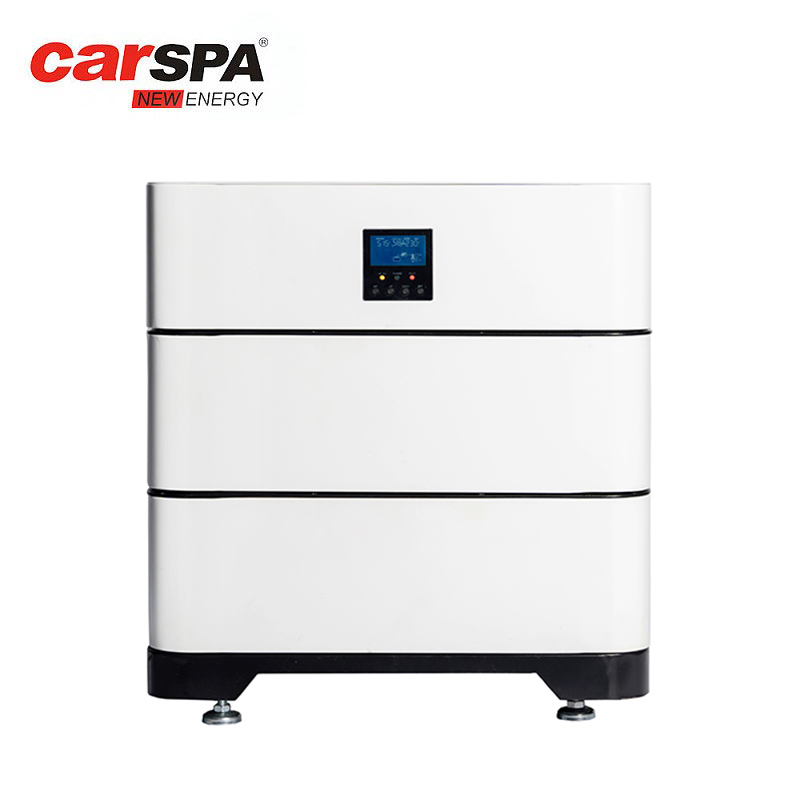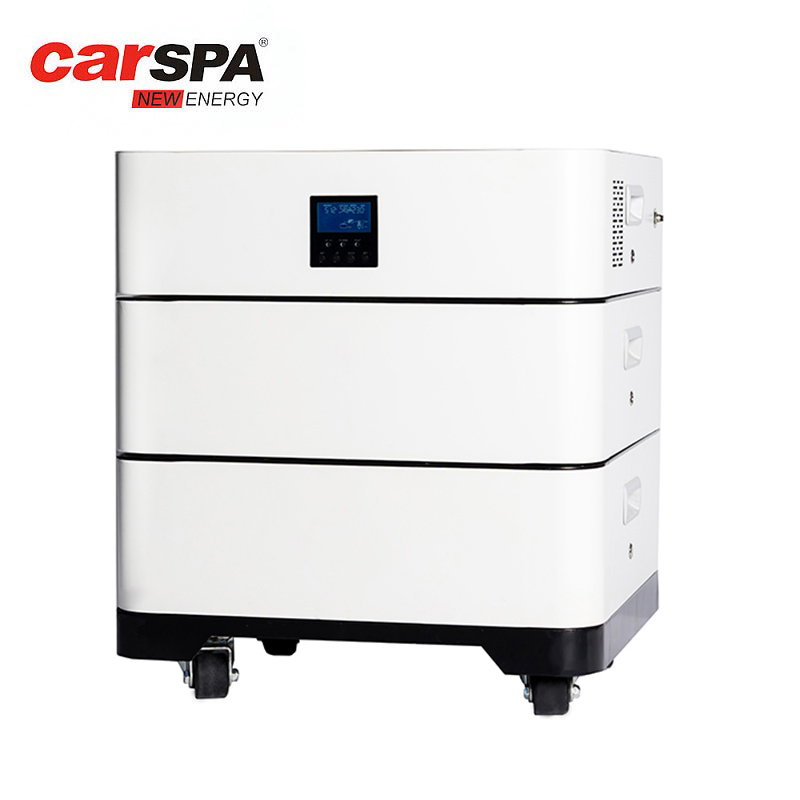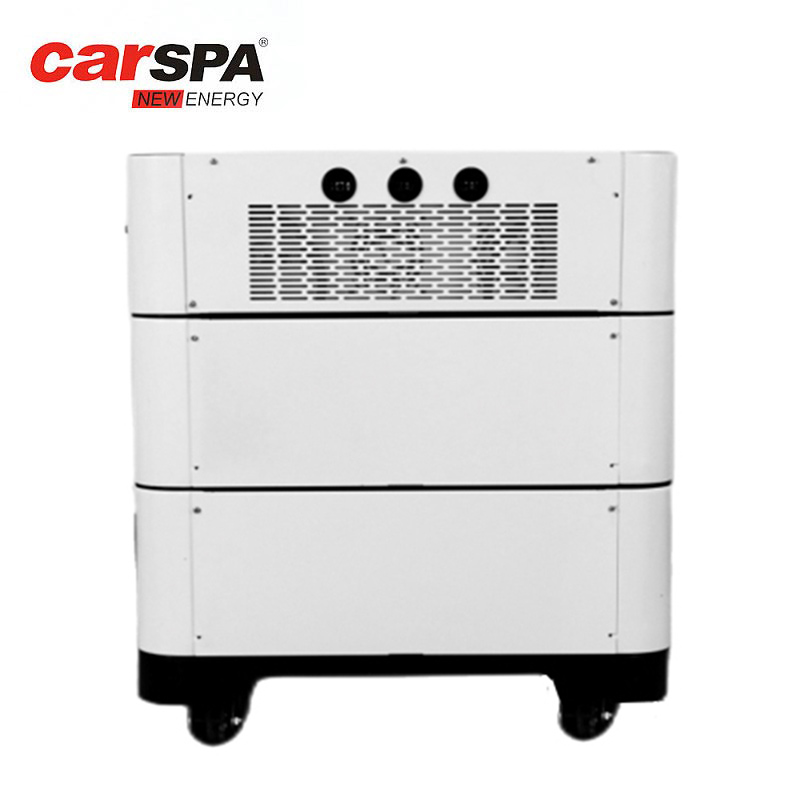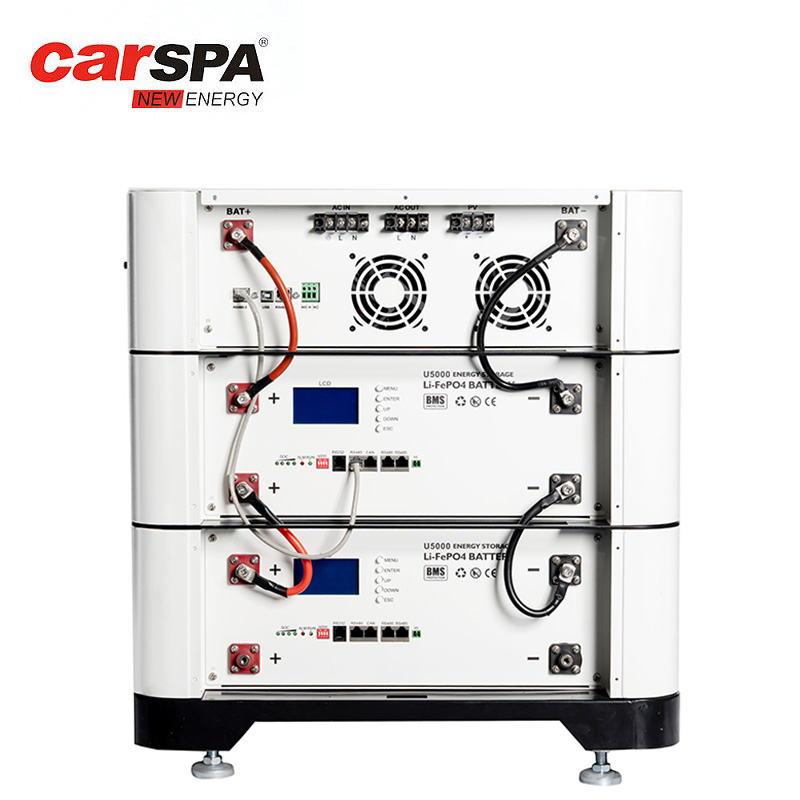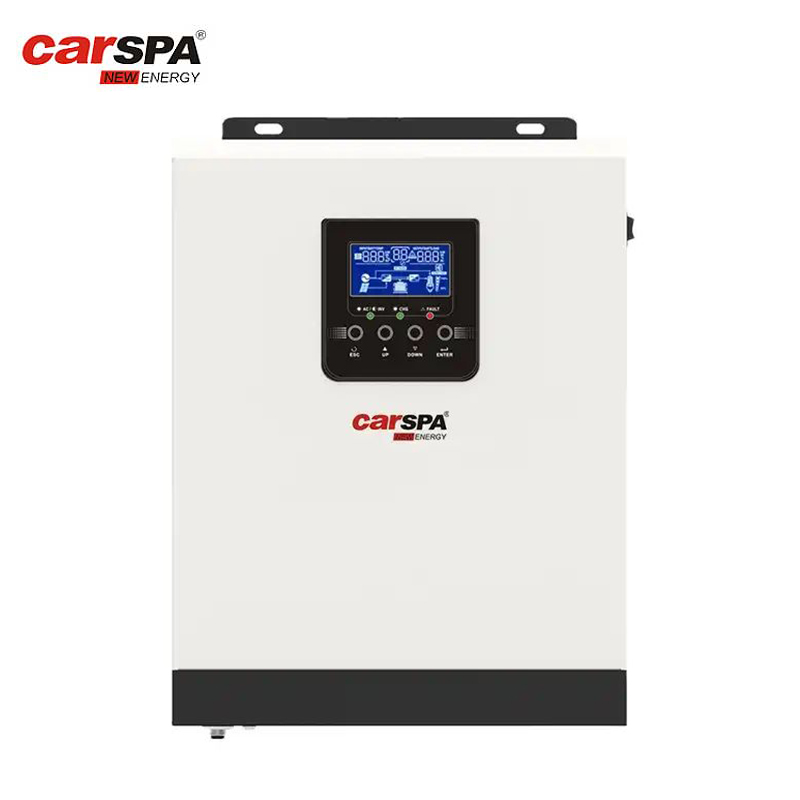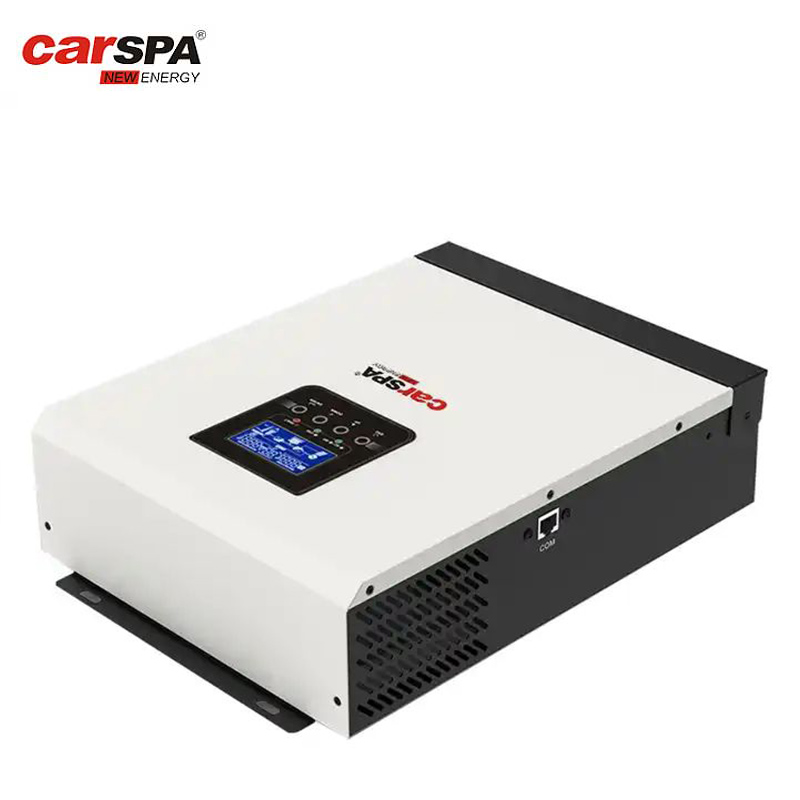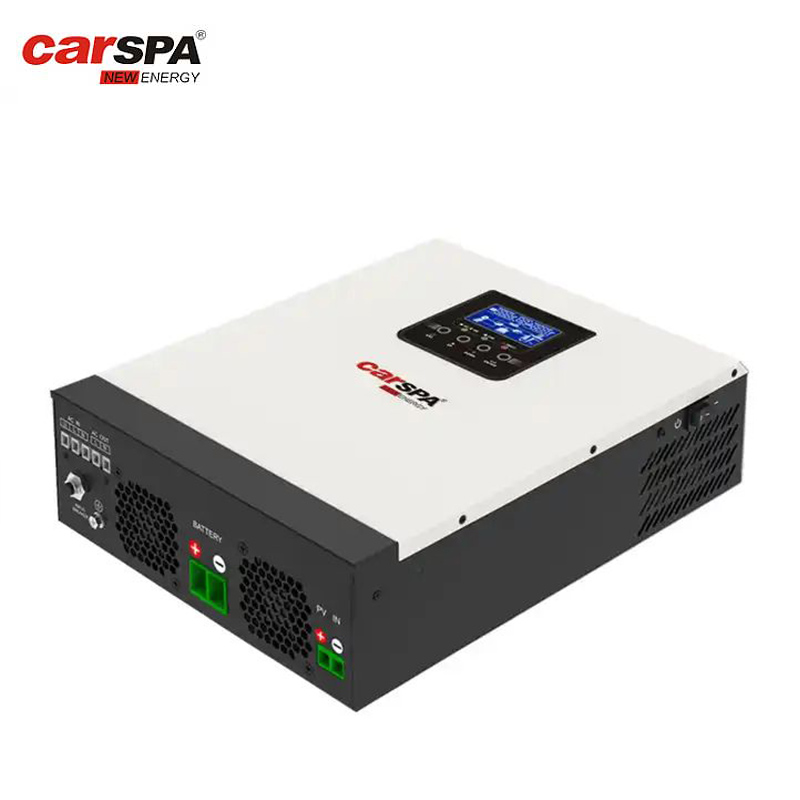Can I use my RV inverter while driving
Hey there, everyone! I'm Jack, a passionate RV traveler with five solid years of hitting the open road. Today, I'm thrilled to share some insights and tips about using inverters during RV adventures. Specifically, we're diving into a common question: "Can I use my RV inverter while driving?" Let's dig deep into the world of RV inverters, exploring their usage, considerations, and crucial info you should know before installation.
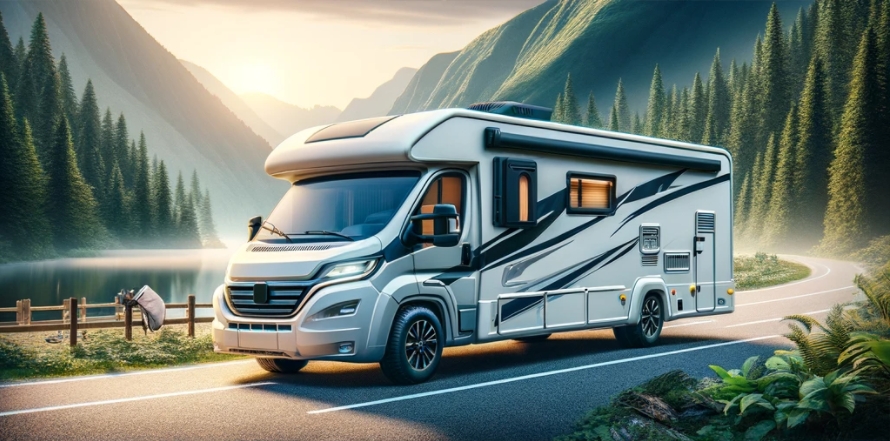
Understanding RV Inverters
Before we tackle the question of using RV inverters while cruising, let's get a grip on what RV inverters are. These nifty devices play a pivotal role, converting direct current (DC) from your RV batteries into the alternating current (AC) that powers your household gadgets. Inverters bring the comforts of home on the road, but using them while driving demands a bit of careful thought.
Can I use my RV inverter while driving
Absolutely, you can rock your RV inverter while on the move. However, for a safe and effective experience, a few factors should stay on your radar:
-
Battery Capacity: Before hitting the road, take a peek at your RV battery capacity. Using an inverter on the go sips power from the battery, so make sure it's up to snuff for your energy needs. Regular battery check-ups and maintenance keep things humming smoothly.
-
Alternator Output: Cruising along, your RV's generator gives the battery a boost. Knowing the generator's output and its dance with the inverter is key. Check the RV manual or tap into some professional advice to ensure a harmonious symphony without stressing out the electrical bits of your vehicle.
-
Power Consumption: Zoom in on the power appetite of your gadgets, especially those energy-hungry appliances like AC units or microwaves. These power-hungry devices could throw a curveball at the system, causing power fluctuations or draining the battery faster than a pit stop can recharge it.
-
Safety Precautions: Safety is top-notch. Mount that inverter in a well-ventilated spot to avoid overheating. Use top-notch cables, follow the right installation dance, and consider snagging a pure sine wave inverter for a stable power supply, shielding your electronics from any funky effects,
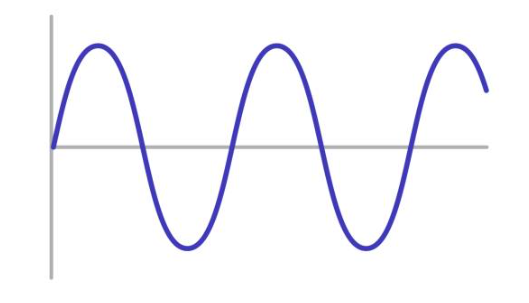
Pre-Installation Considerations:
Now that we've laid the groundwork, let's dive into some juicy details about setting up and optimizing your RV inverter system.
-
Inverter Types: Pick an inverter that suits your RV vibes. Pure sine wave inverters are great for gadget-sensitive situations, delivering clean and steady power. Modified sine wave inverters are more budget-friendly but might not be the go-to for all devices.
-
Power Requirements: Suss out the power needs of your household gadgets. This intel is crucial for selecting an inverter with the right power capacity. Oversized inverters might lead to inefficiency, while undersized ones could leave you power-hungry.
-
Cable and Fuse Protection: Ensure you're rocking the right cable specs during installation. High-quality cables cut down on energy losses. Toss in some fuses or breakers during setup to shield your RV electrical system from overloads or short circuits.
-
Professional Help: If the installation process feels like tiptoeing through a maze, don't hesitate to call in the pros. Certified technicians ensure a safe and reliable setup, minimizing the risk of electrical hiccups.
Practical Tips to Amp Up Your RV Inverter Experience:
-
Multifunctional Inverter Choices: Spice things up with a multifunctional inverter. They often come with handy features like built-in chargers or automatic switching, adding an extra layer of adaptability to your RV power system.
-
Smart Use of Energy-Saving Modes: Many inverters come with energy-saving modes, a boon during those long drives. Enabling this feature lets the inverter slip into a power-saving siesta during low-demand situations, conserving energy and extending battery life.
-
Regular Checks on Inverter and Battery: Keep the vibe positive with regular check-ins on your inverter and battery status. Clear those ventilation spots around the inverter from dust and debris, ensuring optimal heat dissipation.
-
Long-Term Parking Pointers: Planning to park for a spell? Consider giving the inverter a break. Switch it off during long halts to avoid sapping the battery when the engine isn't revving. This simple move ensures your vehicle fires up when you're ready to roll.
-
Application of Onboard Power Management Systems: Some swanky RVs come equipped with onboard power management systems. These wizard-like systems intelligently monitor battery status and power demands, ensuring the optimal distribution of energy. If your RV flaunts this tech, embrace it for a more energy-efficient journey.
Conclusion:
Armed with a deep dive into RV inverter usage and installation intricacies, coupled with a mindful approach to various factors, you can confidently harness your inverter's power while cruising. May these suggestions add extra comfort and convenience to your adventurous journey. If you've got more questions, feel free to drop them my way. Wishing you smooth roads ahead!


.jpg)
